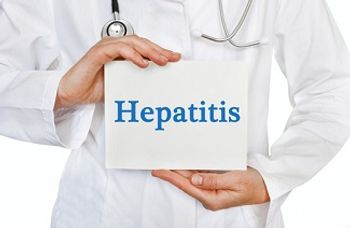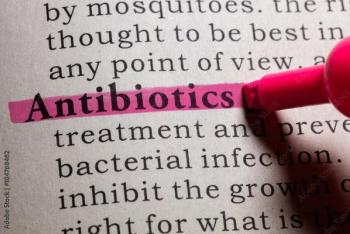
Identifying HIV Clusters to Help Transgender Women With HIV
Using genome sequencing, investigators have been able to identify clusters of individuals with HIV—with a particular focus on transgender women.
Although men who have sex with men (MSM) are understandably a main focus of efforts to prevent, diagnose, and treat HIV, another group—transgender women—is emerging as a population that needs more attention when it comes to preventing the spread of HIV. A new study in
Investigators from the University of California, San Diego and Imperial College London analyzed the viral gene sequences of people living with HIV in Los Angeles with data from the Los Angeles County Department of Public Health. They discovered that out of 22,398 people studied, 8133 of them (36.3%) were sorted into 1722 separate clusters that contained between 2 and 116 people. People in a single cluster were found to have HIV gene sequences that were closely related, suggesting a pattern of transmission within the cluster.
Although transgender women were often clustered with each other, investigators also discovered that they were frequently clustered with cisgender men identifying as straight.
“Links between viruses are used as a proxy for epidemiological links, suggesting that the transmission partners of transgender women were more likely to be heterosexual men than expected,” Manon Ragonnet-Cronin, MSc, PhD, a fellow at Imperial College London and an author of the report along with Joel Wertheim, PhD, assistant professor in the Division of Infectious Diseases and Global Public Health at UC San Diego School of Medicine, told Contagion®. However, the investigators don’t know if transgender women are passing the infection to heterosexual men or vice versa. “We cannot distinguish between the transmitting and recipient partners,” she said.
Manon Ragonnet-Cronin, MSc, PhD
The team’s findings are significant because transgender women are
“Transgender women have higher HIV prevalence than MSM because, on average, they have more risk factors for HIV: lower socioeconomic status, involvement in sex work, drug [and] alcohol use, mental health issues, rejection from family, no [or] low access to health care, [and] more likely to be receptive anal partner,” said Dr. Ragonnet-Cronin. She added that these women often go undiagnosed because they may not feel they are the target audience for prevention campaigns.
One discovery was that younger subjects were more likely to be part of an HIV cluster than older ones. “This could mean that transmission events are happening rapidly within that group, with little time for virus evolution—therefore, clustering is indicative of rapid transmission,” said Dr. Ragonnet-Cronin. “With young people, it could also be because they have, on average, been infected for less time when they are diagnosed than older people. Therefore, the transmission events are more recent and their viruses have not had a chance to change so much.”
According to Dr. Ragonnet-Cronin and her colleagues, the hope is that this “molecular network” will be used to identify individuals who can hopefully provide information about their sexual partners, with the goal of encouraging more at-risk transgender women to get tested for HIV. A press release from the University of California-San Diego indicates that Dr. Wertheim is working with the US Centers for Disease Control and Prevention and public health departments in Chicago, New York, and Houston to use
Newsletter
Stay ahead of emerging infectious disease threats with expert insights and breaking research. Subscribe now to get updates delivered straight to your inbox.
















































































































































































































































































